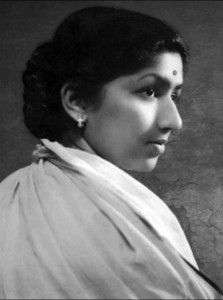The nightingale falls silent
Till the day I’m alive and till Lata is there, she will always be my first choice,” composer Madan Mohan minced no words when Asha Bhosle once complained, “You give me ordinary tunes, but Didi your best tunes.”
S D Burman made the same point differently. “I always considered Lata as my first serve and Asha as the second. The moment the first started working again, there was no need to use my second serve.”
Even S D Burman’s son R D Burman (Pancham) — who married Asha and boosted her career with numerous chartbusters — looked upon Lata with awe and placed her on a pedestal. He remarked: “If Asha Bhosle is the Gary Sobers of music, Lata Mangeshkar is the Don Bradman.” Reacting to this, Asha said, “Perhaps what Pancham meant was that Didi is as controlled as Bradman was on the pitch, while like Sobers, I have taken more risks.”
Lata Mangeshkar! For musicians, the two words spelt perfection. For film historians, the name encapsulated seven decades of Bollywood music. But for the masses, it meant paradise — they got a chunk of it every day through Lata’s songs on radio, TV, YouTube, Amazon or Apple music. They still do.
Till the day I’m alive and till Lata is there, she will always be my first choice.
– Music composer Madan Mohan
Lata was venerated as Saraswati, likened to the Taj Mahal, the Ganges and the Himalayas. Her voice was stilled on February 6, 2022, but her soul lives in the many thousand songs she gave the world.
As India Today commented, “It is the voice to which the roadside vendor in Delhi transacts his business, the long-distance trucker speeds along the highway, the Army jawan in Ladakh keeps guard at his frontier bunker, or the glittering elite of Bombay dine in luxury hotels.”
Composer Sajjad Hussain once said, “Lata gaati hain, baki sab roti hain” (Lata sings, the others wail). A composer even suggested that “one should add two swaras — La and Ta — to the seven swaras of Indian music (sa, re, ga, ma, pa, dha, ni).”
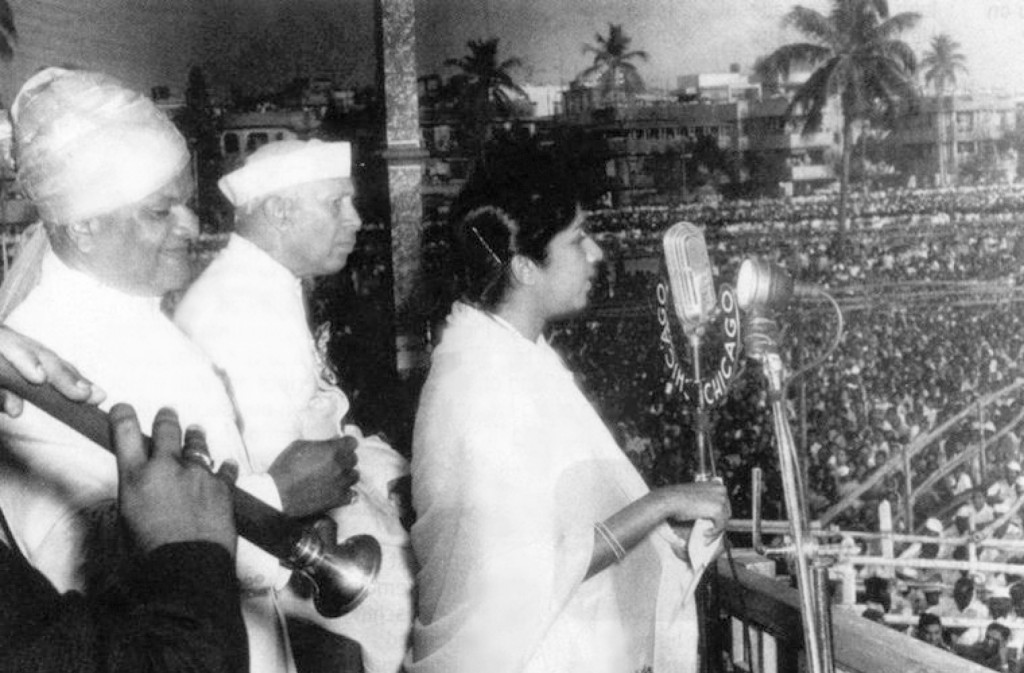
At her peak, Lata’s clout was without parallel. During her visits to Chennai, she didn’t like staying in a hotel and eating hotel food, so Sivaji Ganesan built a cottage for her in his house in Chennai.
Lata is the most decorated artist of filmdom — with a Bharat Ratna, a Dadasaheb Phalke award, four Filmfare awards as best singer plus a special Filmfare award for lifetime achievement and three national awards. The Madhya Pradesh and Maharashtra governments have instituted awards in her name.
After a few hours of sleep, I would wake up at six, get dressed, catch the train and travel from one recording studio to another.
– Lata Mangeshkar, as told to her biographer Nasreen Munni Kabir
She enjoyed phenomenal success in her concerts abroad. Between 1975 and 1998, she conducted numerous shows in the United States, Canada, the Caribbean and the Fiji islands. They were always held in the most prestigious venues. Local American collaborators were sceptical about the large crowds predicted and the high ticket prices, but were amazed at the sell-out crowds which even top American stars like Frank Sinatra couldn’t manage.
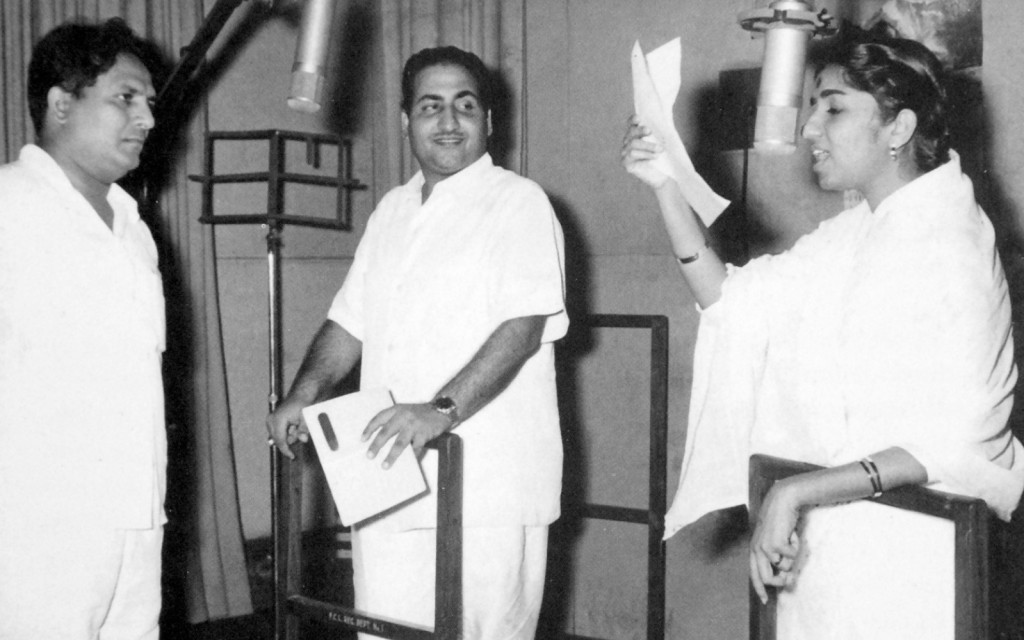
Lata’s childhood
Lata was born on September 28, 1929 in Indore. The eldest of five children, her siblings were Asha, Usha, Meena and Hridyanath. Her father Pandit Deenanath Mangeshkar was a classical music singer who ran an itinerant drama troupe. It staged mythologicals in small towns of Maharashtra. The children lived a nomadic life and school was not possible. But “there was music in our house day and night,” recalls Lata. Film music was banned, however, the only exception being K L Saigal; Deenanath was his fan, Lata more so. She often hummed Ek bangla bane nyara.
Lata was a tomboy as a child, particularly in Sangli where the family lived in a large house. She told her biographer Nasreen Munni Kabir that she would climb trees and pluck mangoes and guavas; walk around with a stick and bully everyone; sit inside a car tyre and other boys and girls would roll it down the street; play cards and gilli danda.
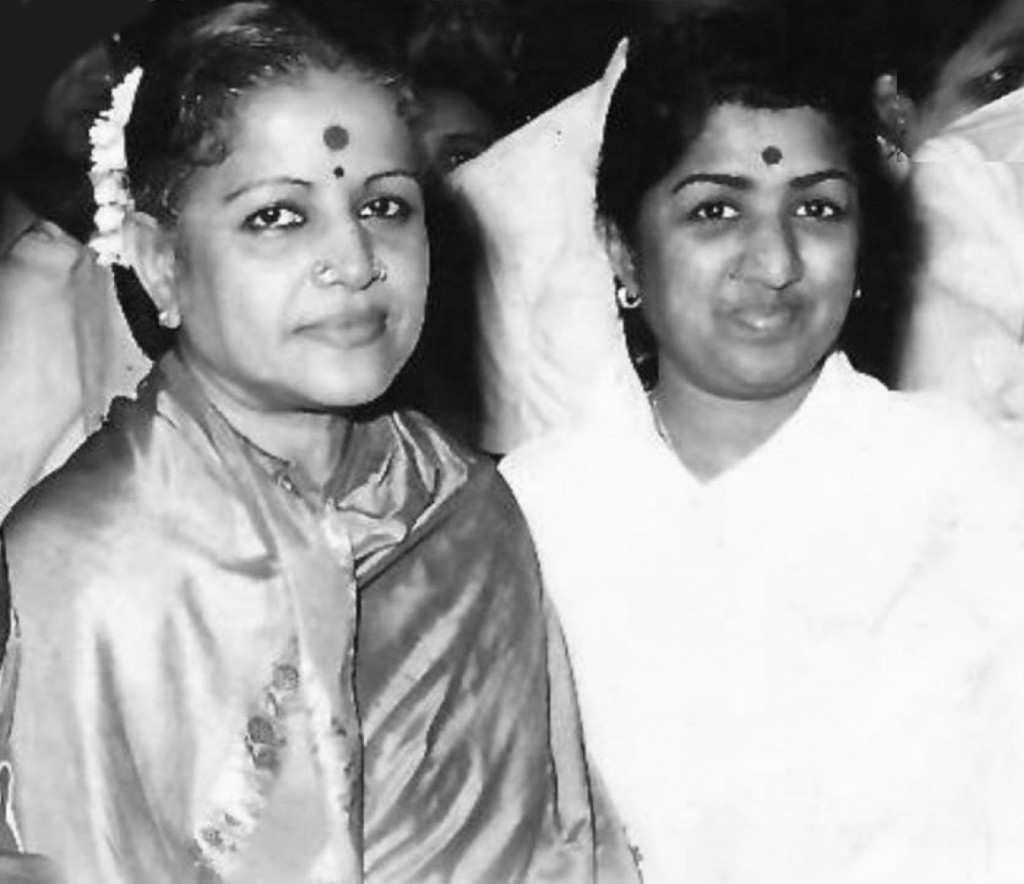
Deenanath’s drama troupe was struck a severe blow by Indian cinema — when it began to talk, with Ardeshir Irani’s Alam Ara in 1934–35. The talking films drew crowds away from traditional drama companies. Several of them, including Deenanath’s, wound up, and never recovered. He made films himself, revived his theatre company, sold his house in Sangli, but he incurred heavy debts. And his flirtation with alcohol did not help. He died on April 24, 1942.
Lata’s charity concert for the victorious Indian World Cup team of 1983 enabled an award of ₹1 lakh to each member of the team.
Lata was 13, and became the breadwinner. A friend of her father, Master Vinayak (actress Nanda’s father) gave her a role in a Marathi film. At his prodding, she got trained in classical music by Ustad Aman Ali Khan Bhendibazarwale, and later by Amanat Khan Devaswale. Lata had an extraordinary memory and a sponge-like ability to absorb anything new. The training was valuable.
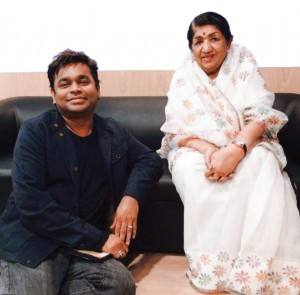
Lata acted in four Marathi films (in one of which she sang her first Hindi song) and four Hindi films. She disliked acting, but had no choice. She saved and scrimped to keep food on the family table — she walked long distances, even skipped meals herself.
An encounter with composer Ghulam Haider was the first important break in her life. He took Lata to producer Shashidhar Mukherjee, who was making the film Shaheed (starring Dilip Kumar and Kamini Kaushal), but he rejected Lata as singer saying her voice was too thin.
Irritated no end, Ghulam Haider resolved to prove him wrong. She sang the song Dil mera toda in Haider’s own film, and the song attracted much notice. Lata was engaged by Khemchand Prakash, then Anil Biswas, and by Naushad himself.

The year 1949, when Lata was 20, was a breakthrough year. Ayega aanewala in Mahal (directed by Khemchand Prakash) was a sublime delight, and created a sensation. Listeners deluged All India Radio for the name of the singer (which was omitted from the record as was the practice those days) and the producers finally revealed it. Lata was no more the obscure small-town girl struggling for recognition.
1949 was also the year when Lata sang Uthaye ja unke sitham, a masterpiece of melancholy, for Naushad in Andaz (a huge film that starred Nargis, Dilip Kumar and Raj Kapoor). And in the same year, Raj Kapoor’s Barsaat hit the screen, with music by Shankar-Jaikishen. The film had eight songs by Lata, each of them a gem. “The barsaat in Lata’s career never stopped after that film,” said composer Shankar.
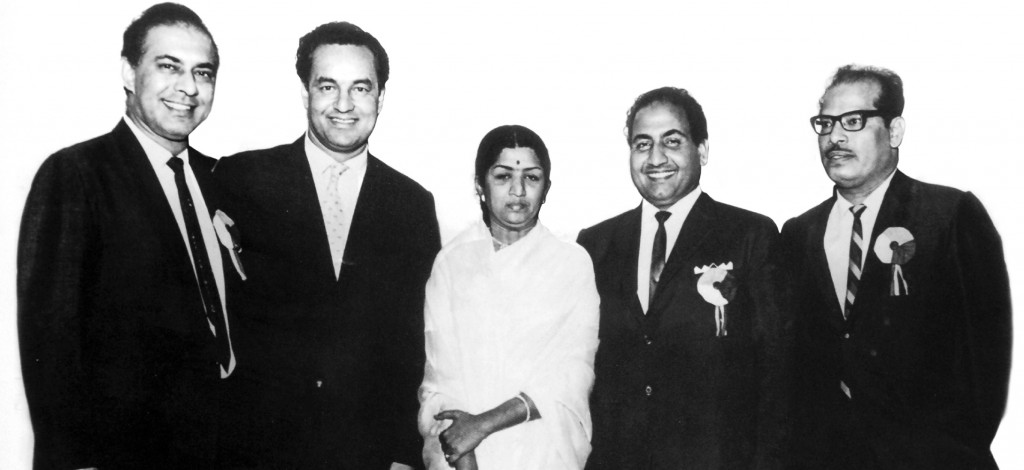
A Lata tsunami hit Bollywood in the 1950s, impacting all music-lovers and sweeping away all other rivals. She scaled heights of popularity Indian cinema had not seen till then. “I recorded two songs in the morning, two in the afternoon, two in the evening and two at night,” she told her biographer Nasreen. She got home at 3am and that’s when she ate. Incredible as it may sound, Lata says she didn’t know that some studios had a canteen where all others ate. “After a few hours of sleep, I would wake up at six, get dressed, catch the train and travel from one recording studio to another.”
Throughout the 1950s, Lata’s celestial voice was heard in many immortal melodies. This was the decade when some top composers — Shankar-Jaikishen, Naushad, C Ramchandra, S D Burman, Hemant Kumar — were at their peak. She sang one gem after another in Awara, Aah, Baiju Bawra, Shree 420, Anarkali, and other films.
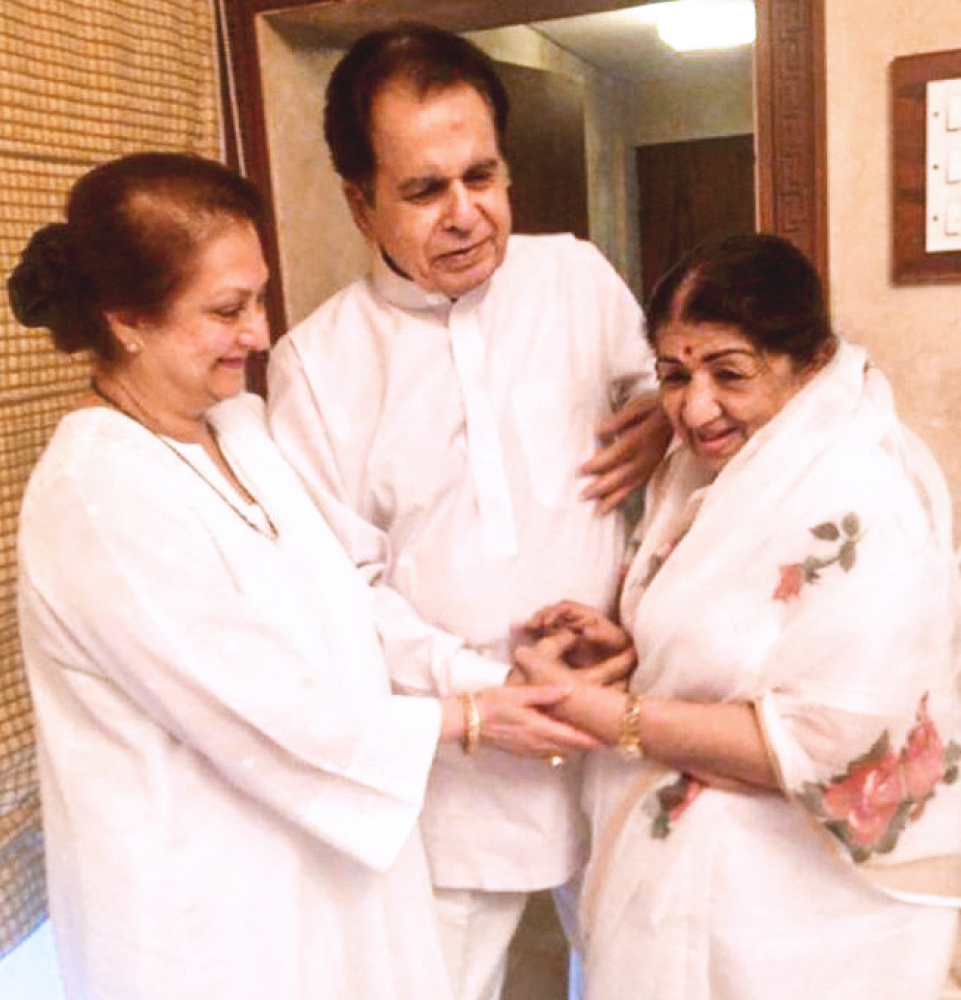
The 1960s were the most prolific decade for Bollywood music — “sizzling, swinging, scintillating and superlative”, to quote Rajiv Vijayakar. Lata began the decade with a film of massive magnificence (Mughal-e-Azam), where Naushad, Lata and Madhubala combined to offer a heavenly aural and visual cocktail. Dev Anand’s Guide was another musical triumph, created by Dev Anand, S D Burman, Lata and Waheeda Rehman. Lata’s songs filmed on Waheeda — Aaj phir jeena ki tamanna hai, Piya tosey naina laaei re — and the Lata-Kishore duet Gaata rahe mera dil were eternal charmers. She excelled again in films such as Junglee, Asli Naqli, Ganga Jumna, Mere Mehboob, Anpadh, Mamta, Mera Saaya — to mention just a few.
Her foremost films in the 1970s were Bobby, Abhimaan, Amar Prem and Aandhi. She brought success back to the RK camp in Bobby after the crushing failure of Mera Naam Joker, which had almost made Raj Kapoor bankrupt. Lata at 45 sang for the 15-year-old Dimple, and sounded 15 herself. Bobby triumphed.
Abhimaan, a film about a musician couple, had some surpassingly beautiful songs by Lata. So did Amar Prem. She sang some classical pieces of transcendental beauty for R D Burman — such as Raina beeti jaaye (Amar Prem), Beeti na beetayi raina (Parichay), Tere bina zindagi (Aandhi), and Baahon mein chale aao (Anamika).
Lata’s relationships with composers
Lata sang 696 songs for Laxmikant-Pyarelal, 453 for Shankar-Jaikishen, 331 for R D Burman, 302 for Kalyanji-Anandji, 288 for C Ramchandra, 210 for Madan Mohan.
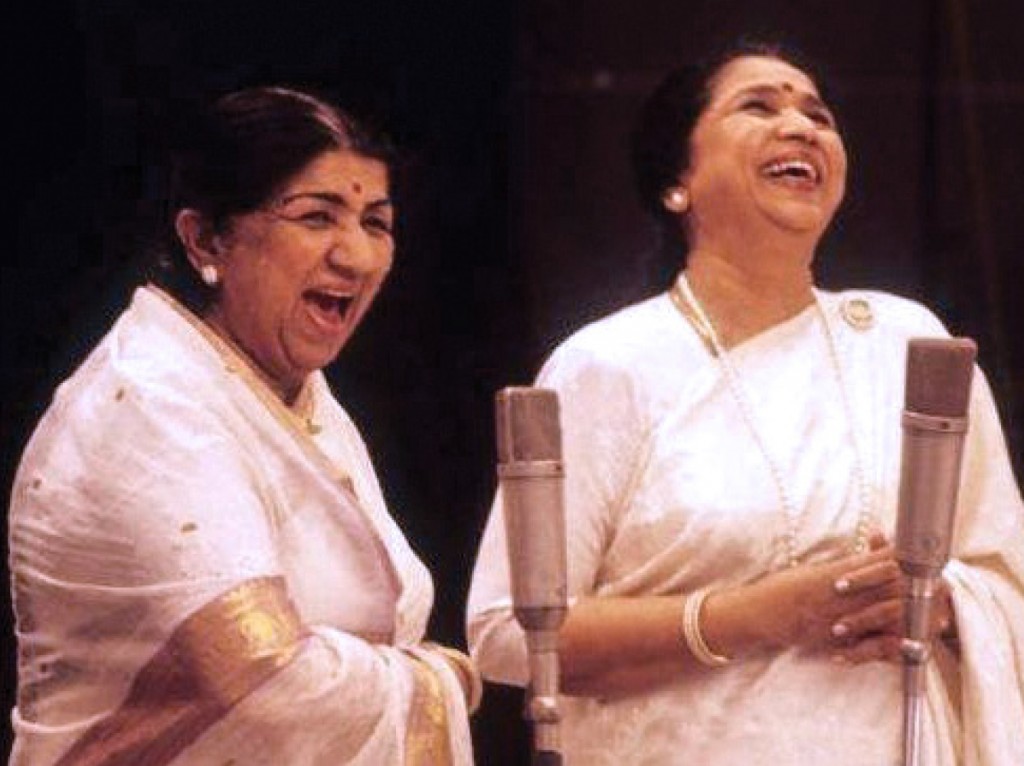
She was full of praise for Shankar-Jaikishen who brought a new grammar to Hindi film music, and to Naushad, for his uncompromising excellence. They played major roles in her dizzy ascent to the peak. But she had a special relationship with Madan Mohan, who used to tie a rakhi on her hand every year.
Her Madan Mohan melodies had an ethereal sweetness, something Khayyam said he was envious of. These included Meree veena tum bin roye (Dekh Kabira Roya), Hum pyaar mein jalne walon ko (Jailor), Yoon hasraton ke daag (Adalat), Aap ki nazron ne samjha (Anpadh), Naina barse (Woh Kaun Thi), and Nainon mein badra chhaye (Mera Saaya).
Madan Mohan’s son Sanjeev Kohli collaborated with Yash Chopra and Lata Mangeshkar to make the film Veer Zara (2004), about an Indo-Pak love story. Its music was based on unused tunes of Madan Mohan which Kohli discovered. Lata was in tears whenever she took the mike for recording the songs of the movie. The Veer Zara album was the highest-selling album of the year.
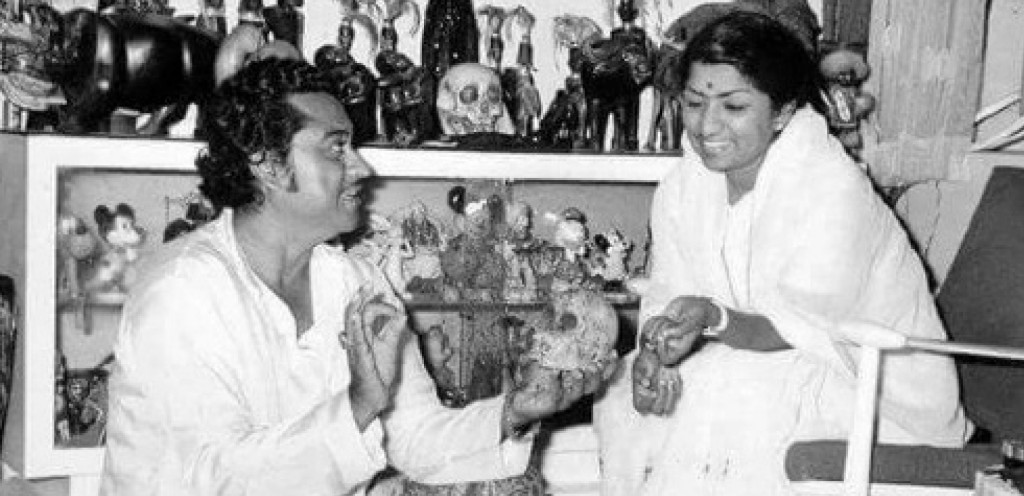
Lata sang more often for Laxmikant-Pyarelal than for any other composer. In fact, she said the initials LP stood for “long-playing”, because of the longevity of their careers (they composed music for nearly 500 films). She first sang for LP for their film Parasmani. For the song Hansta hua noorani chehra in this film, LP used 36 violins; it was a spectacular success. “Our first choice was always Lata,” said Pyarelal, “whether the song was filmed on a child, a sister, a mother or a grandmother.”
Controversies
Lata has inspired hype as a singer, but she has also been branded as ungenerous and scheming in putting down young rivals — such as Vani Jairam, Runa Laila, Sulakshana Pandit, Preeti Sagar, Anuradha Paudwal, Hemalata, and even her own sister Asha. It is said that Lata would blacklist or subtly harass composers who gave these youngsters a chance. They would get the message! Lata responded that genuine talent can never be kept down, and that it requires guts and stamina to survive as a singer.
She said that she and Asha have always been the best of sisters. There was friction between them when Asha eloped with a much older man and married him. He forcibly kept Asha away from her family. But Asha quit an exploitative marriage and returned to her family.
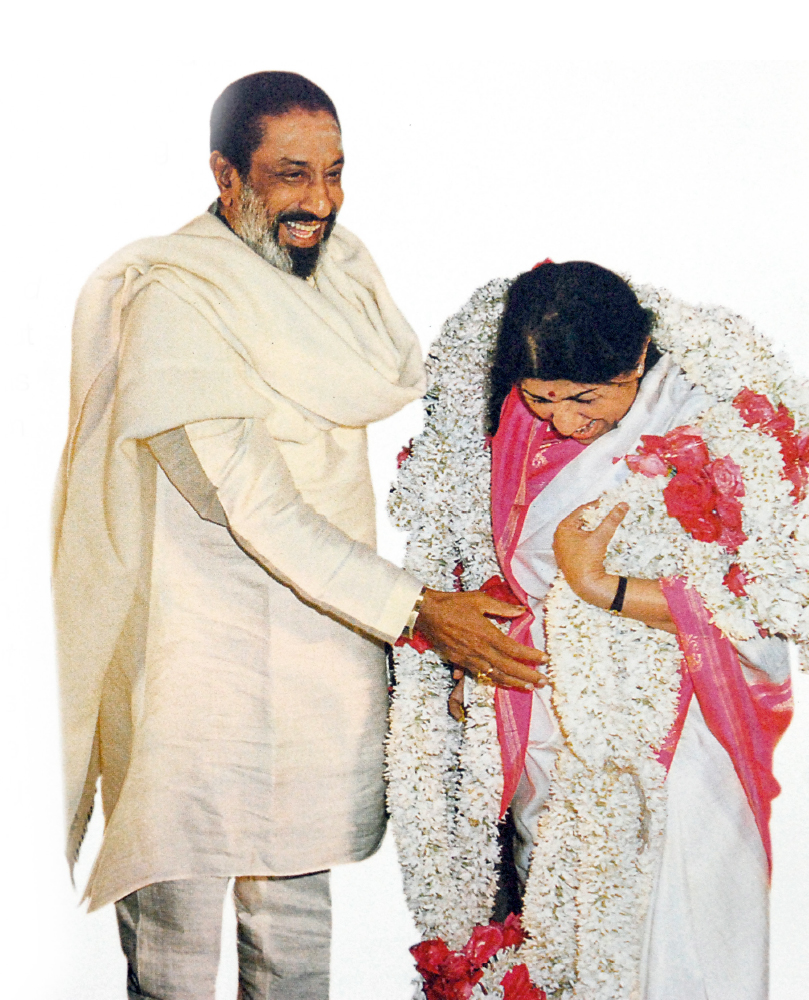
Lata had a tiff with Mohammed Rafi on the question of royalties for singers. She insisted on royalties — a stand which has since benefited all playback singers, but Rafi didn’t agree. Discussion on this topic got heated, and the two didn’t sing together for six years.
Lata and Raj Kapoor also parted company on the question of royalties. But the veteran accepted Lata’s demand when he was making Bobby.
O P Nayyar is the only composer to have never used Lata for his songs. O P says Lata’s voice is thin and doesn’t suit his songs. There have also been misunderstandings with C Ramchandra and S D Burman.
Her passions
Lata was surprisingly a huge cricket fan. Her charity concert for the victorious Indian World Cup team of 1983 enabled an award of ₹1 lakh to each member of the team.
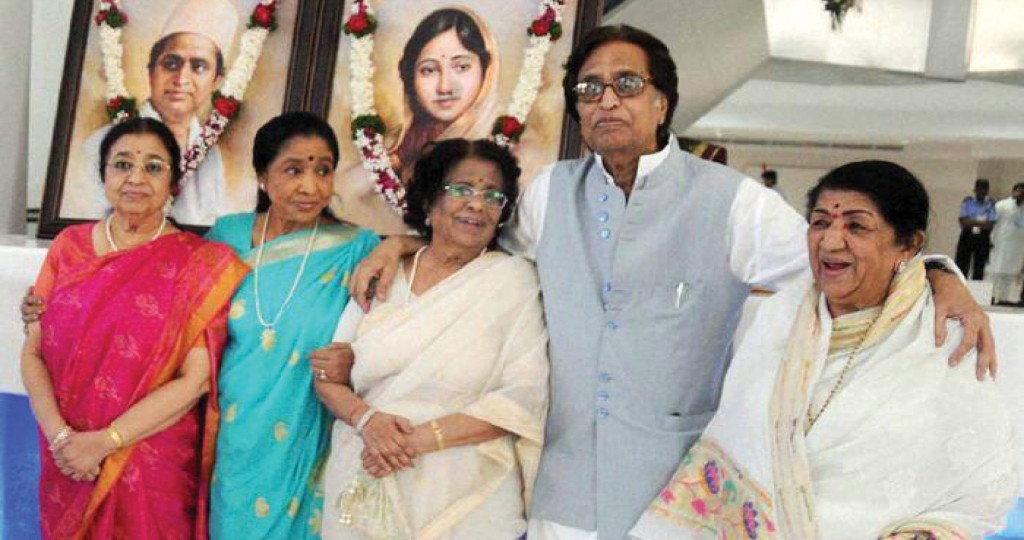
She liked cars, was a photography buff with an astonishing collection of professional cameras and an excellent portfolio, was fond of diamonds, always wore white sarees, adored good food (including ice cream and pickles which are normally taboo for singers). She was happily unmarried all her life, and said she loved children but enjoyed the company of her siblings’ children.
The magic of Lata
“What we classical musicians take three hours to do, Lata Mangeshkar achieves in just three minutes,” remarked Bade Ghulam Ali Khan once.
Her biographer Nasreen said “She could be wide-visioned and tunnel-visioned at the same time. You need both — the big picture and the detail.” Dilip Kumar said, “Lata resides in all of us.” Her voice has been stilled, but the soul of music lives on.
The author is a senior journalist and a member of the Rotary Club of Madras South
Photo credit: Niyogi Books, Popular Prakashan, NDTV Photos
Lata’s magic lives on
One can list the best of Lata’s songs in different ways — by composer; by mood; and by the heroines who lip-synched her songs. I’ll choose the last, to prove Jaya Bachchan’s point — that Lata enacted and emoted rather than just sang the songs. Here are some of Lata’s radiant gems for a few top Bollywood heroines.
Madhubala
- Ayegaa, ayega anewala — Mahal (1949). Composer: Naushad
- Seene mein sulagte hai armaan — Lata and Talat Mahmood. Tarana (1951). Composer: Anil Biswas
- Tere sadke balam — Amar (1954). Naushad
- Mere sapne mein aana re — Rajhat (1954). Shankar-Jaikshen
- Pyar kiya to darna kya — Mughal-e-Azam (1960). Naushad
Nargis
- Meri aankhon mein bas gaya koyi re — Barsaat (1949). Shankar-Jaikishen
- Ghar aya meri pardesi — Awara (1951). Shankar-Jaikishen
- Ye shaam ki tanhaiyan — Aah (1953). Shankar-Jaikishen
- Rasik balma — Chori Chori (1955). Shankar-Jaikishen
- Pyar hua ikrar hua — Shree 420 (1955). Lata and Manna Dey. Shankar-Jaikishen
- Jaago mohan pyare — Jagte Raho (1957). Salil Choudhury
Meena Kumari
- Radha na bole na bole na bole re — Azaad (1955). C Ramchandra
- O raat ke musafir — Miss Mary (1957). Lata & Rafi. C Ramchandra
- Ajeeb dastan hai ye — Dil Apna aur Preet Parai (1960). Shankar-Jaikishen.
- Jyoti kalash chalke — Bhabhi Ki Chudiyan (1961). Sudhir Phadke
- Inhi logon ne — Pakeezah (1972). Ghulam Mohammed-Naushad
Nutan
- Manmohana bade jhoote — Seema (1955). Shankar-Jakishen
- Chand phir nikla — Paying Guest (1957). S D Burman
- Main to bhool chali babul ka des — Saraswatichandra (1959). Kalyanji-Anandji
- Mora gora ang lei le — Bandini (1963). S D Burman
- Tera jaana — Anari (1969). Shankar-Jaikishen
Waheeda Rehman
- Kahin deep jale kahin dil — Bees Saal Baad (1962). Hemant Kumar
- Aaj phir jeene ki tamanna hai — Guide (1965). S D Burman
- Tere mere sapne — Guide (1965). S D Burman. Lata & Rafi
- Rangeela re — Prem Pujari (1970). S D Burman
All these Lata songs boosted the actresses and the films.

